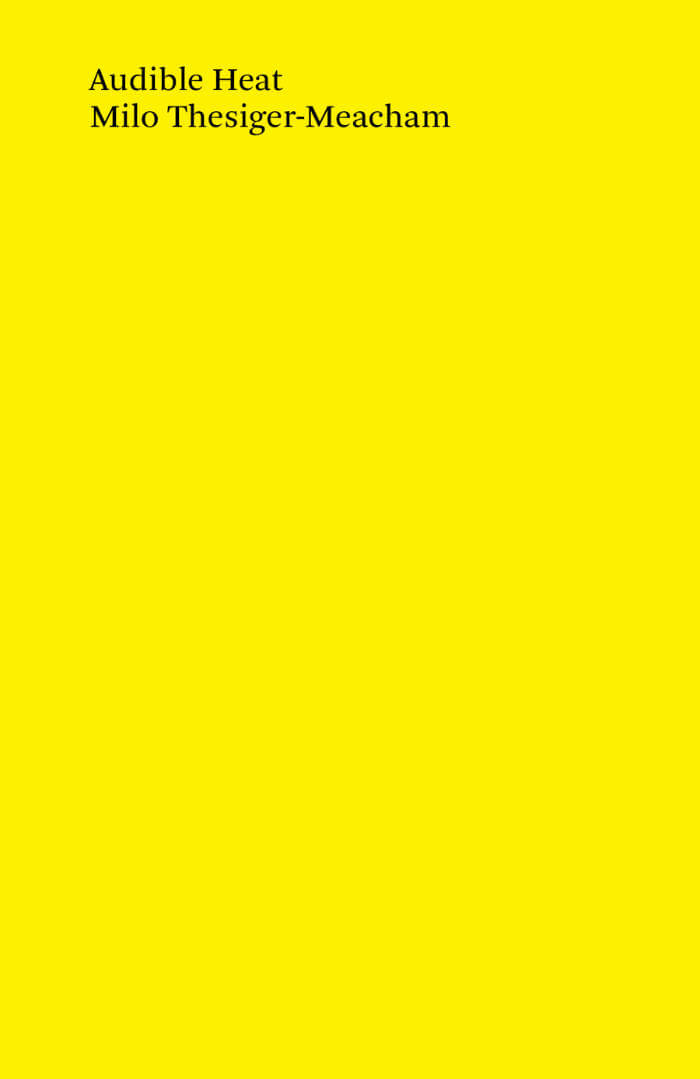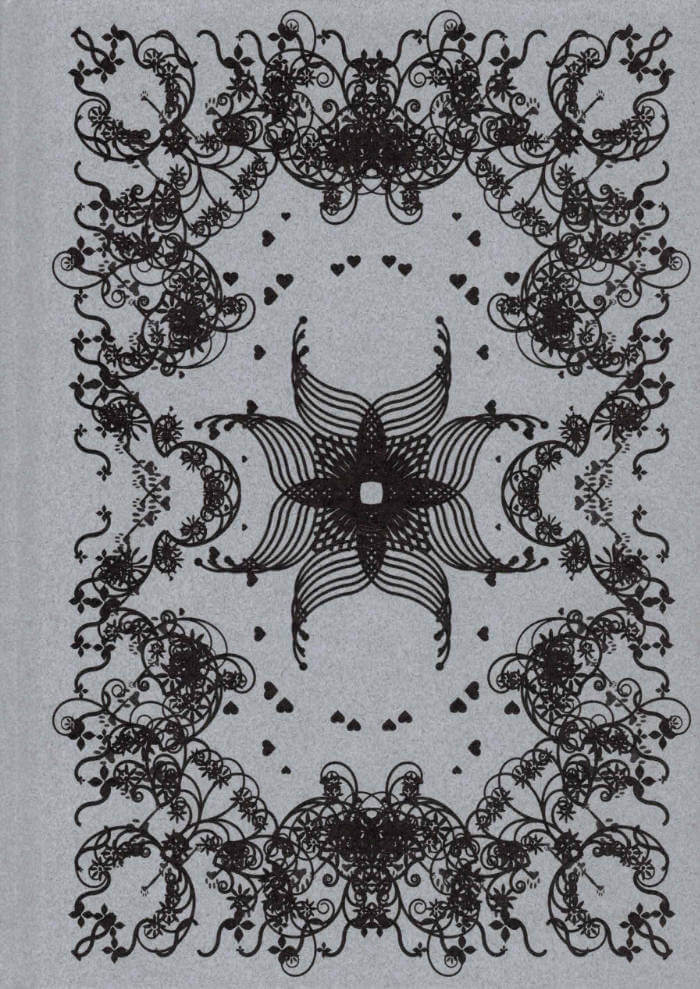
Ferns and Foam Rubber
A speculative, psychedelic ecology of a text, with echoes of Aase Berg, Ursula K Le Guin and Fern Gully.
"Shiny shiny beetle beings,
please open up your bellies to me
Shiny shiny beetle beings,
may I gently pat you on your silver shield
Shine shiny beetle beings,
I beg you to stay with me in my pea pod at night
to scare away the thunder from the low-hanging clouds
and their secret conspiracy with the bear claws."
Illustrations by Anna Sofia Bregnehave Windum.
Risograph printed with We Make It Berlin and Cover Crop.
Graphic design and layout by Zak Bergmann.
Copyright © 2024 Juniper.
Published in Berlin, Germany by TABLOID Press in an edition of 100.
Language: English






